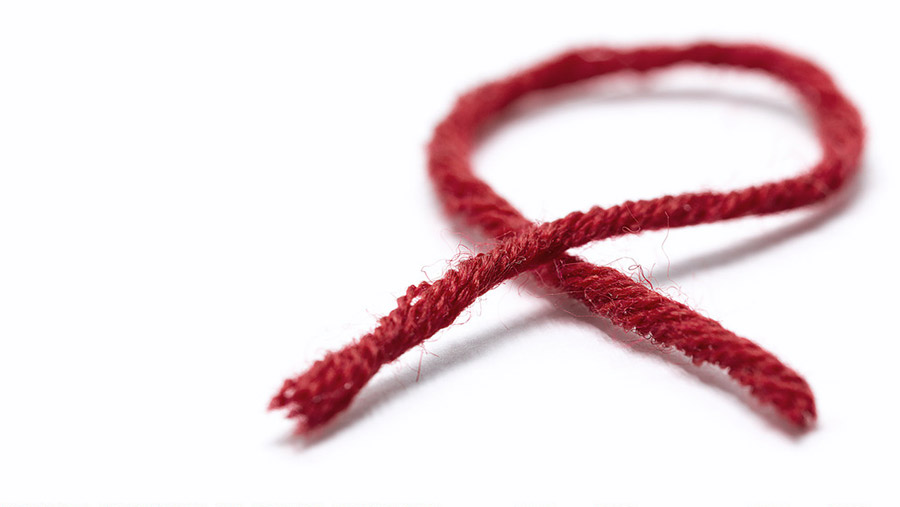Last year, the Journal of AIDS published an original research led by Katherine Dovel in which the research group made the following assertion; “AIDS prevalence may have the face of a woman but AIDS mortality has the face of a man.” The research group go on to suggest that the legacy of gendered testing and treatment strategies is to blame for this, in the process challenging the long-held assumption that the bulk of public health resources must focus on women. They argue that men are dying disproportionately because health systems are not set up to help them and it is time for this to stop.
Those of us familiar with African health systems know that they are geared towards providing maternal and child health services not simply because of AIDS but because of the significant impact women’s health has on national health outcomes. We also know that women have better health-seeking behaviour than men because of their primary caregiving role. When it comes to their own health and the health of family members, women are often burdened with the responsibility of seeking help. Whereas men are often not similarly responsible and so tend to access help late, if at all, when they are sick. Thus driving up the costs and the effects of their illness.
It is no surprise then that over time, health systems have evolved in ways that cater more to the needs of pregnant and child-rearing women and children than anyone else. Yet it would be a mistake to suggest that the set-up of public health systems has sought to address the gendered dynamics of the HIV epidemic. In fact the opposite is true. While there has been much progress in the fight against AIDS, HIV infection rates amongst young women and girls remain stubbornly high because young women still have little social power.
Moreover, whilst the set up of the public health sector are broadly designed to reach women and girls and to provide them with direct and services, related policies and programmes have not been able to address the deeply-rooted social problems that often bring women to hospital in the first place. As a result, there is very little by the way of gendered services on offer from most African public health systems. Our hospitals and clinics are simply testing and treating women, but they are not intervening to address gender.
Concomitantly, the resources invested in programmes to ostensibly improve the lives of women do so on the basis of constrained measures. It is indeed joyful and important for all sorts of reasons when a baby is born HIV negative because a programme existed to prevent mother to child transmission, but this should not be mistaken for a gendered intervention. This is an intervention aimed at a woman, based on her biology. Yet the prevention of mother-to-child transmission is hardly intended to subvert the dynamics in her life that may have resulted in her having an unwanted pregnancy in the first place. In most African countries women do not have access to the full range of contraceptive and reproductive choices, including the right to terminate their pregnancies if they want to. This means that they are being offered services as women, but these are seldom services that speak to the gendered realities of their lives. They are seldom services that put women’s need for personal power at the centre of the equation.
Without looking at improving a whole range of sexual and reproductive health services, and without massively scaling up public health system’s ability to help women to prevent HIV the resources currently spent on women services cannot be said to have much of a long-term impact on gender relations. They undoubtedly improve the quality of life for millions of women and men, but they are not actively addressing the fundamental issue of unequal gender relations.
We can only beat AIDS by putting in place interventions that address the gendered needs of women and the gendered needs of men. This means investing more in preventing new infections amongst women and girls, and increasing the resources available to reach the many, many men who are not getting tested or treated until it is far too late. We need both. Without these types of investments, the language of “Getting to zero,” will continue to sound like empty rhetoric.
At the same time it is clear that there is a significant challenge in that the numbers of men accessing treatment are very low. This is indeed a combination of men’s poor health seeking behaviours and the set-up of public health systems which are not designed to reach out to anyone other than pregnant and child-rearing women. There is a clear need to expand men’s access to services because men – like women – have a right to health.
It is clear that poor, heterosexual men in many African countries represent a silent and overlooked group. The challenges of stigma and discrimination in law remain significant for men who have sex with men – especially in deeply conservative and patriarchal countries. Straight men do not face the same kinds of barriers and social stigmas. Yet there is a different kind of silence that settles on them as a group from policy makers and programme implementers. Heterosexual men are certainly not actively discriminated against for their sexual identities but as the data shows, there is no question that they are dangerously overlooked. The reasons for this neglect may be benign but its consequences are, nevertheless, deadly.
This World AIDS Day provides us with an opportunity to move beyond merely counting the numbers of women and men reached by services. While this remains important, we must work on the gendered dynamics that drive the epidemic otherwise poor women and men will continue to die while we talk.








